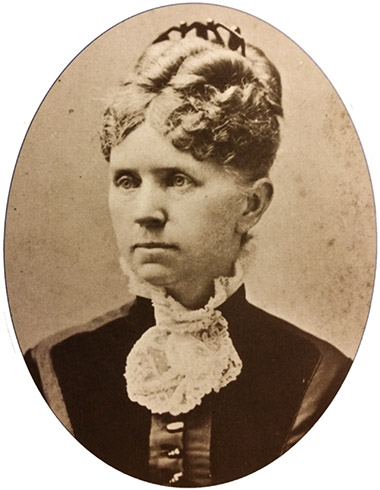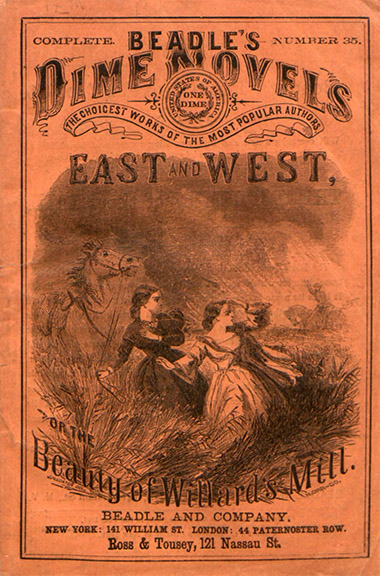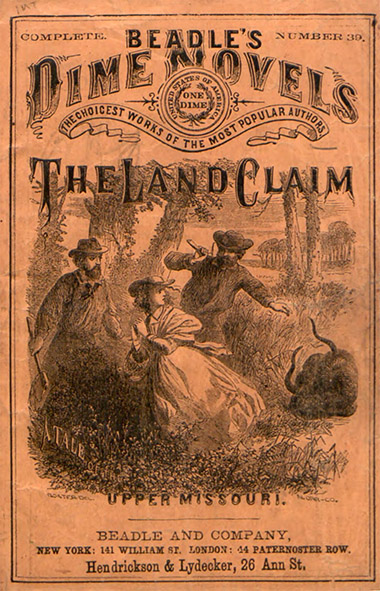ST. HELENS, COLUMBIA COUNTY; 1860s, 1870s:
Legendary Oregon author started with poetry, pulps
Audio version: Download MP3 or use controls below:
|

Frances loved San Francisco. But when Henry retired from the Navy due to a medical condition, he decided Oregon was the place for him; from afar, he had developed a sort of romantic obsession for the Beaver State. And so, to the great dismay of his oft-neglected wife, he went there, dragging her along. “[Henry is] a sort of shooting-star on his own account,” she once wrote, in what one has to assume was one of her more charitable (or resigned) moods. “He cannot be long content in any part of the globe, and as I am only a lesser light, following in his wake like phosphorous after a vessel at sea, I fall in naturally when he takes up the line of march. Tents being struck in the night-time, the morning sun shines only on the ashes of our campfire.” The morning sun may have shone on their old home, but it was not much involved with the Victors’ voyage to their new one. It was a horrible, stormy trip aboard the ill-fated steamer Brother Jonathan. But at the end of it, the two of them arrived in Portland for the first time on Christmas Day, 1864. The first person Frances met in Portland was her husband’s new boss, Addison Gibbs, owner of the Oregon Iron Works. Frances laughingly told him she knew almost nothing about her new home. Indeed, when they had arrived, she had been surprised to learn of the existence of a big river about which all books she’d read about Oregon seemed to know absolutely nothing — a river called the Wallamet, or Willamette. Gibbs told her that wasn’t surprising, because very little had been written about Oregon yet. And, knowing she was an author of some renown, he suggested that after she’d oriented herself a bit, she might be just the person to remedy that. “Oh, if that is what is wanted, it is just in my line,” she replied, according to her later recollection; “and I should enjoy studying the country with the purpose of writing it up.” It was this conversation that led her to Judge Deady’s front porch — and to the subject that would become her avocation and her primary professional interest for the rest of her life. It would be an interest that would transform her from a gifted writer of frivolities, light verse, witty prattlings and potboilers, into a giant of Pacific Northwest letters and, as the Portland Morning Oregonian acknowledged, the “Mother of Oregon History.” And it would also make her a little bitter, as she saw the fruits of her life’s work and the reputation she had earned being appropriated by an out-of-state commercial historian in exchange for the modest monthly salary that she needed to buy her bread. We’ll talk about Fuller Victor’s career as an Oregon historian in Part Two, which you'll find here.
|
Background photo is a hand-tinted image of Tillamook Rock Light ("Terrible Tilly), published circa 1925 on a picture postcard.
Scroll sideways to move the article aside for a better view.
Looking for more?
On our Sortable Master Directory you can search by keywords, locations, or historical timeframes. Hover your mouse over the headlines to read the first few paragraphs (or a summary of the story) in a pop-up box.
... or ...

©2008-2015 by Finn J.D. John. Copyright assertion does not apply to assets that are in the public domain or are used by permission.


